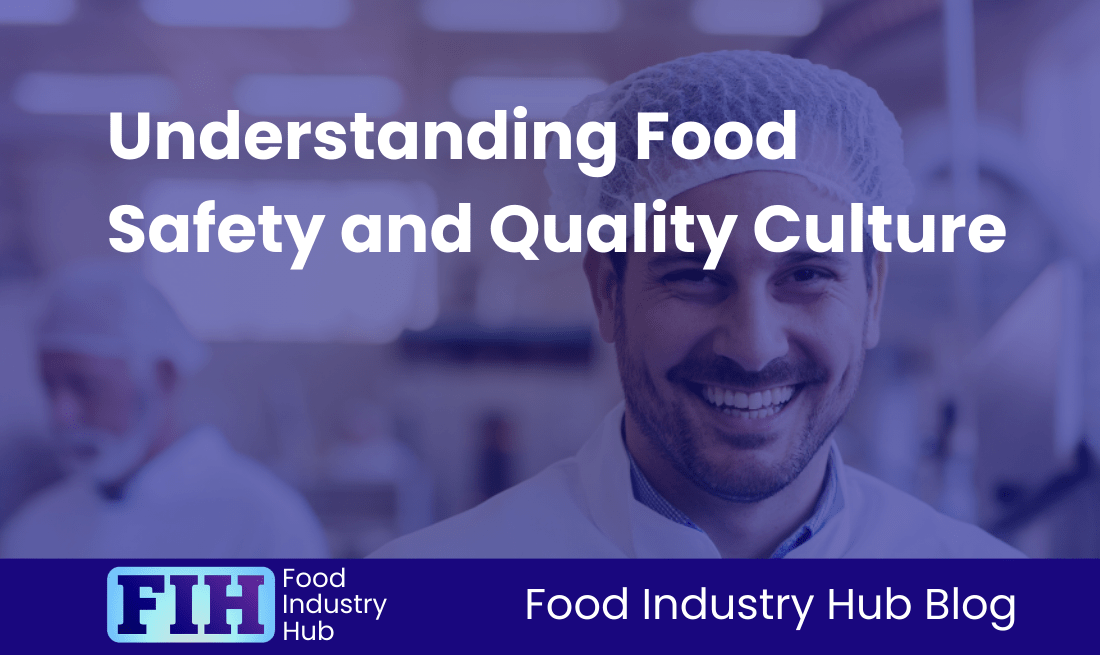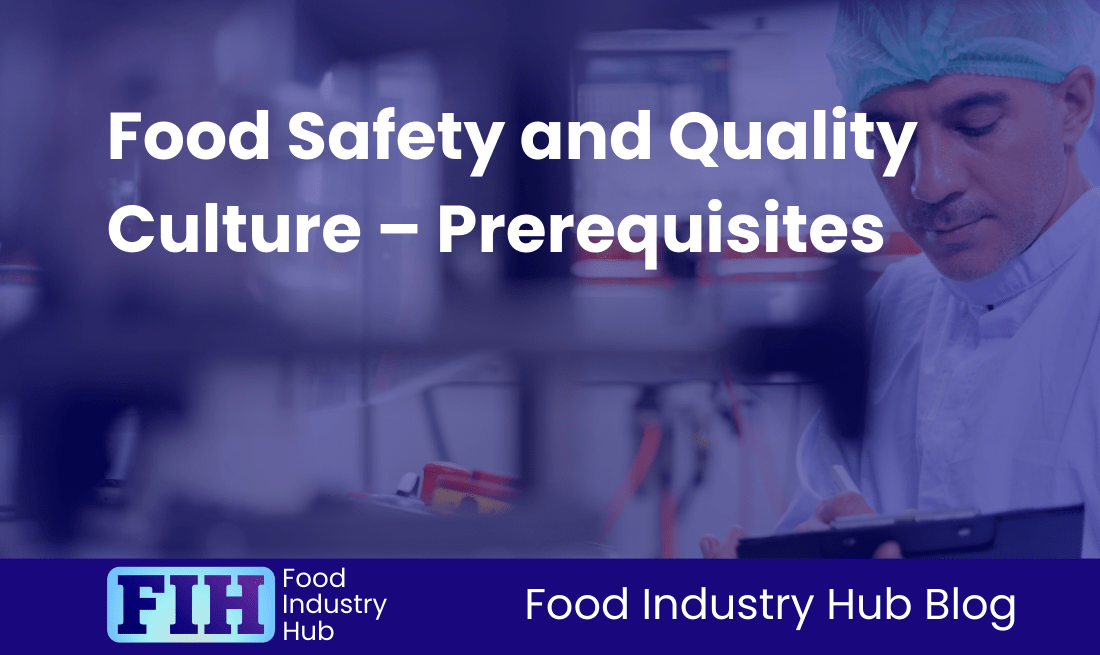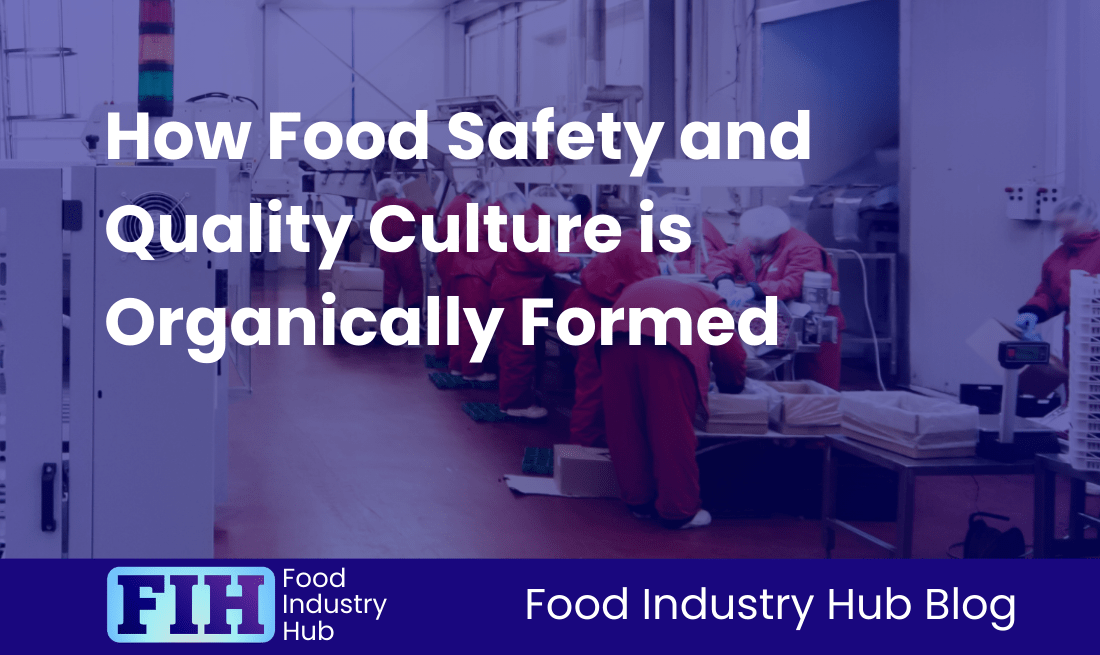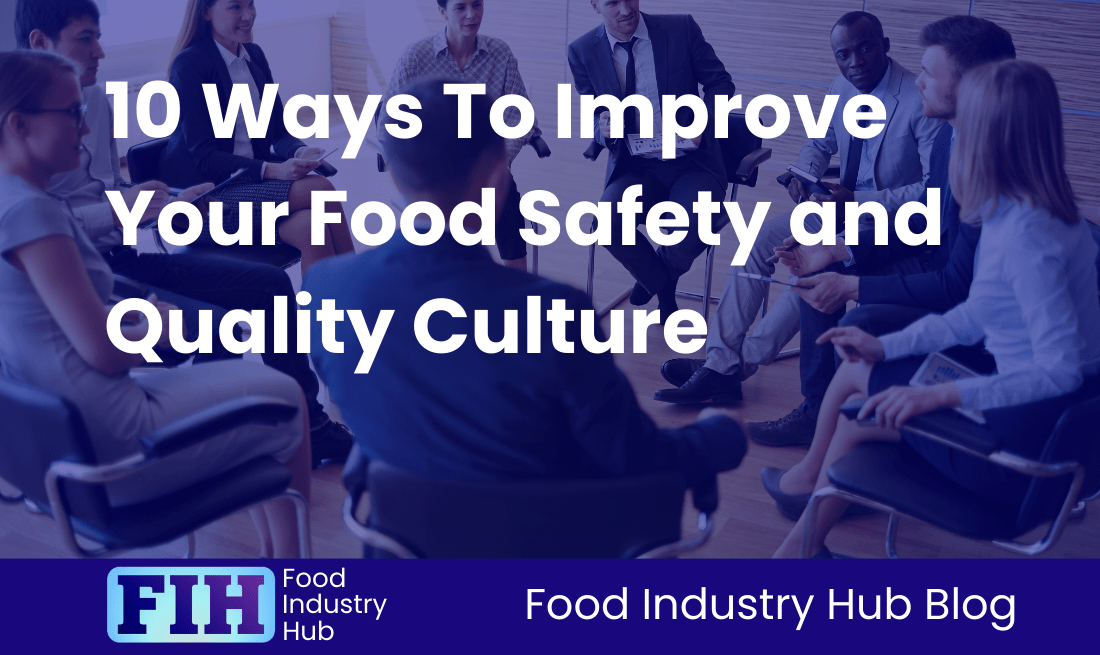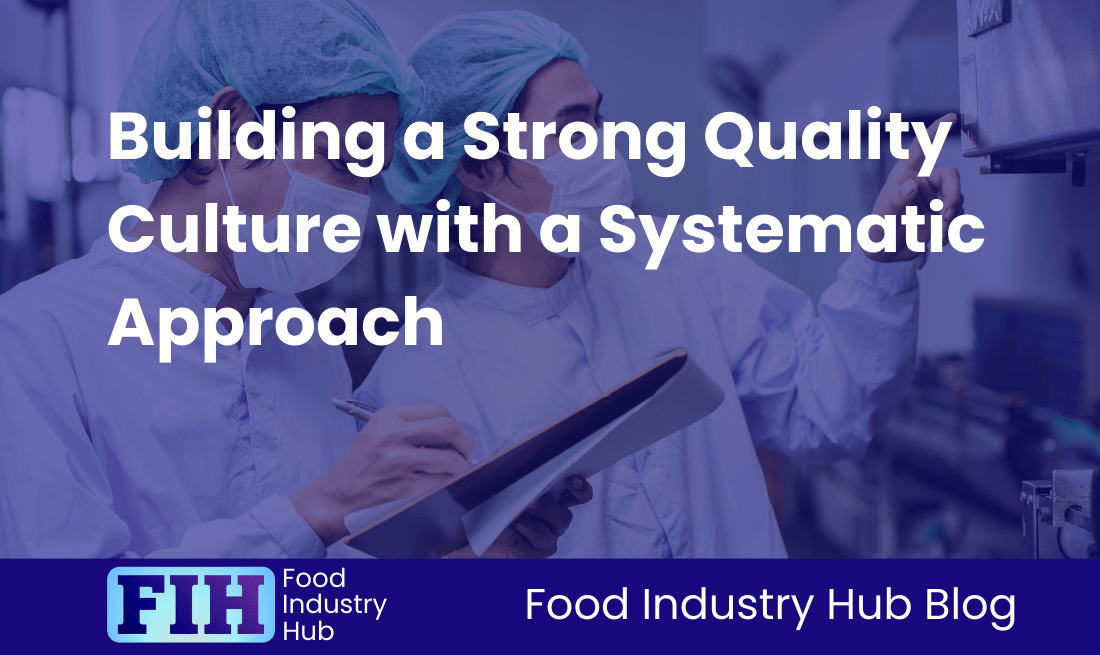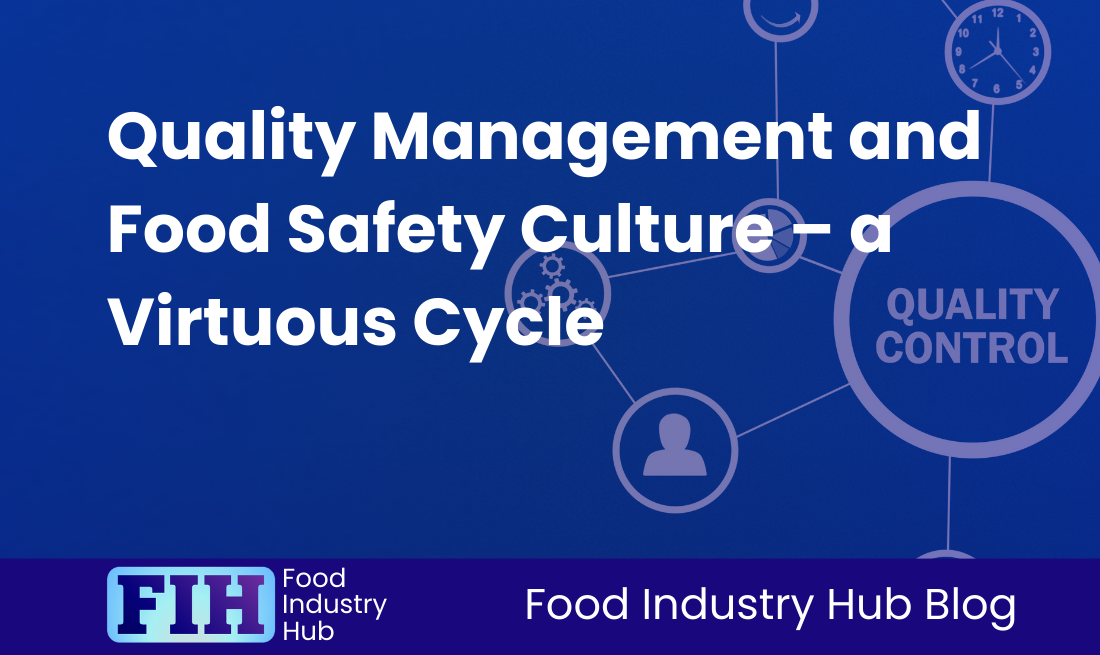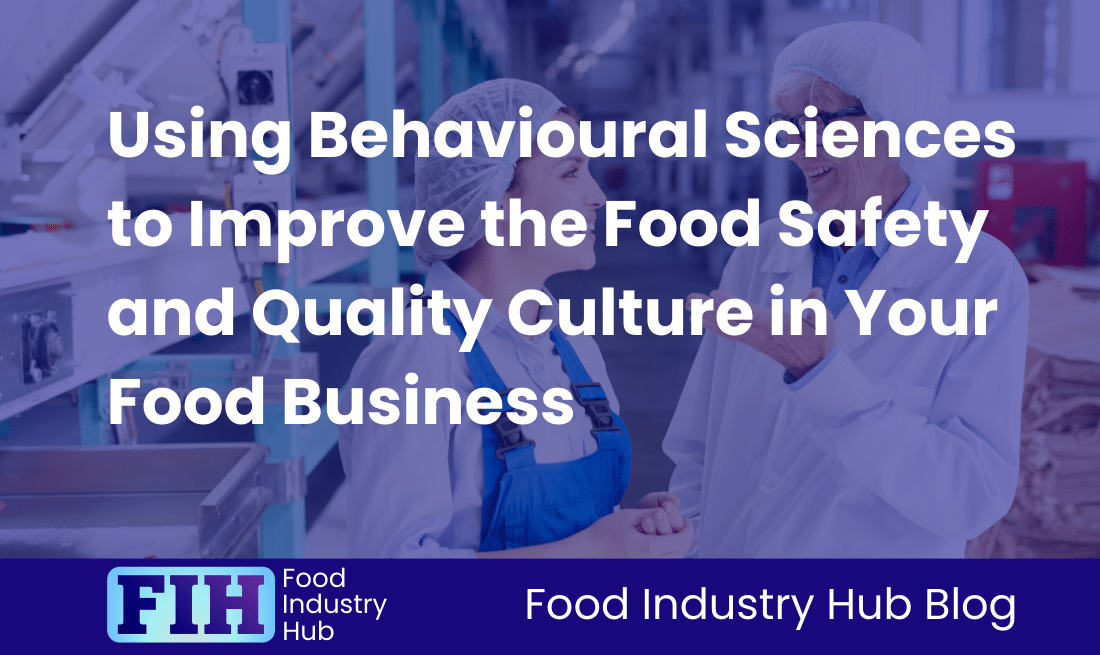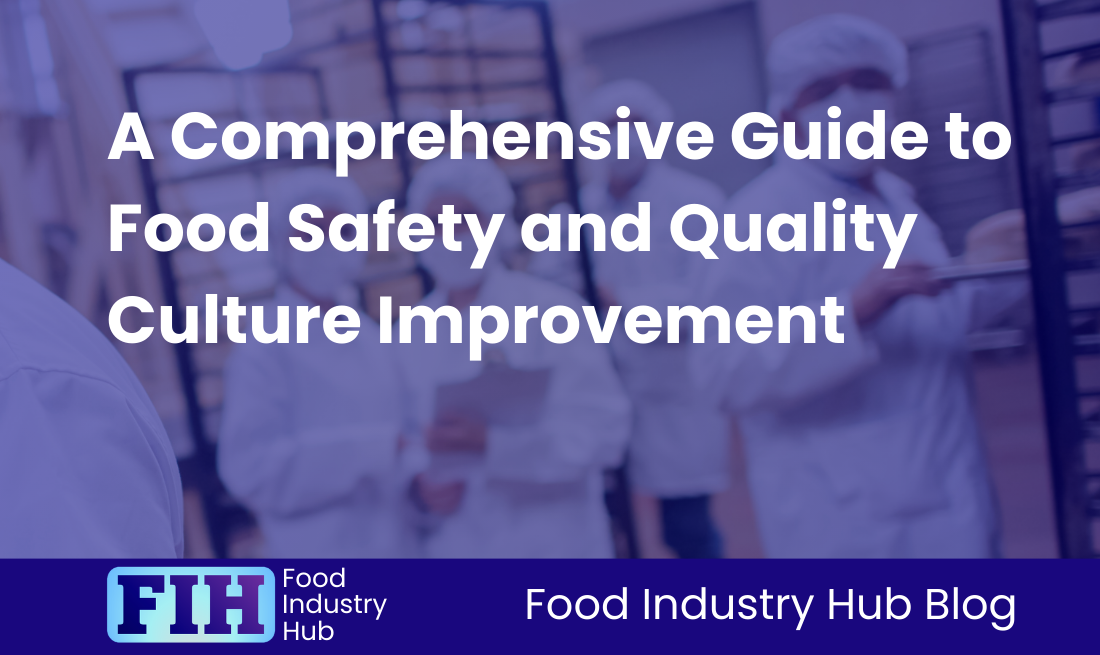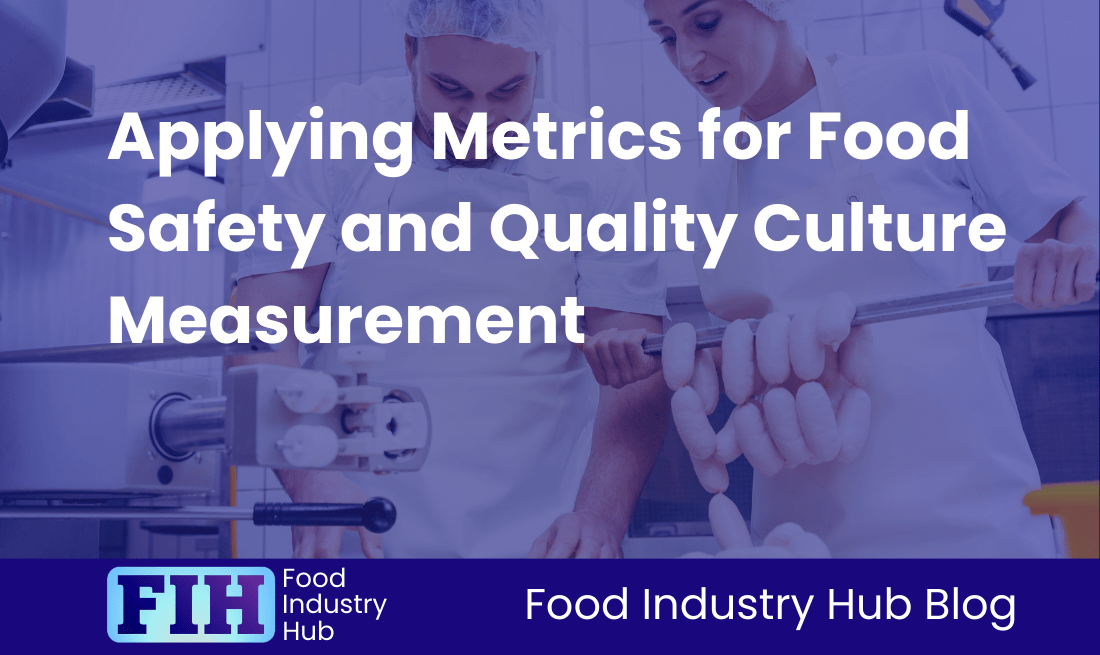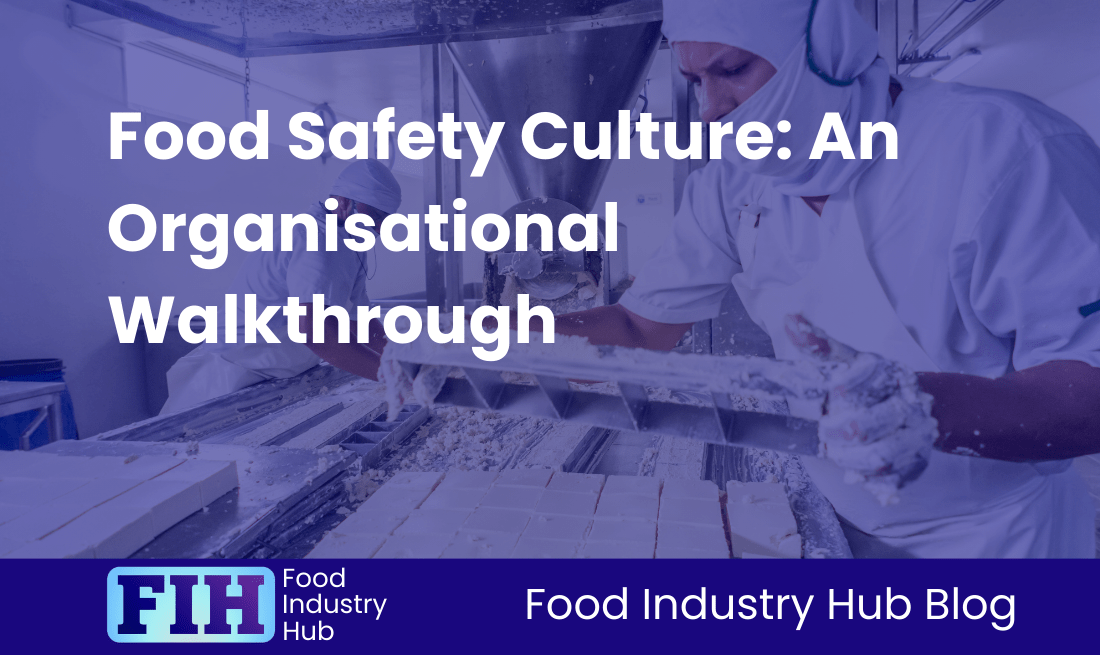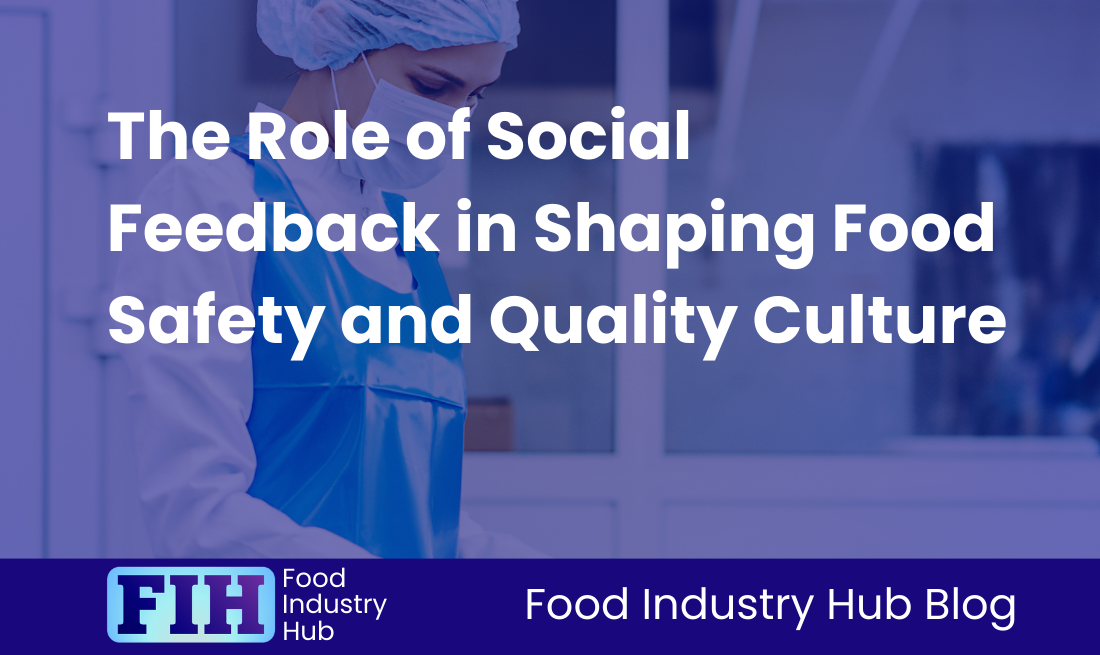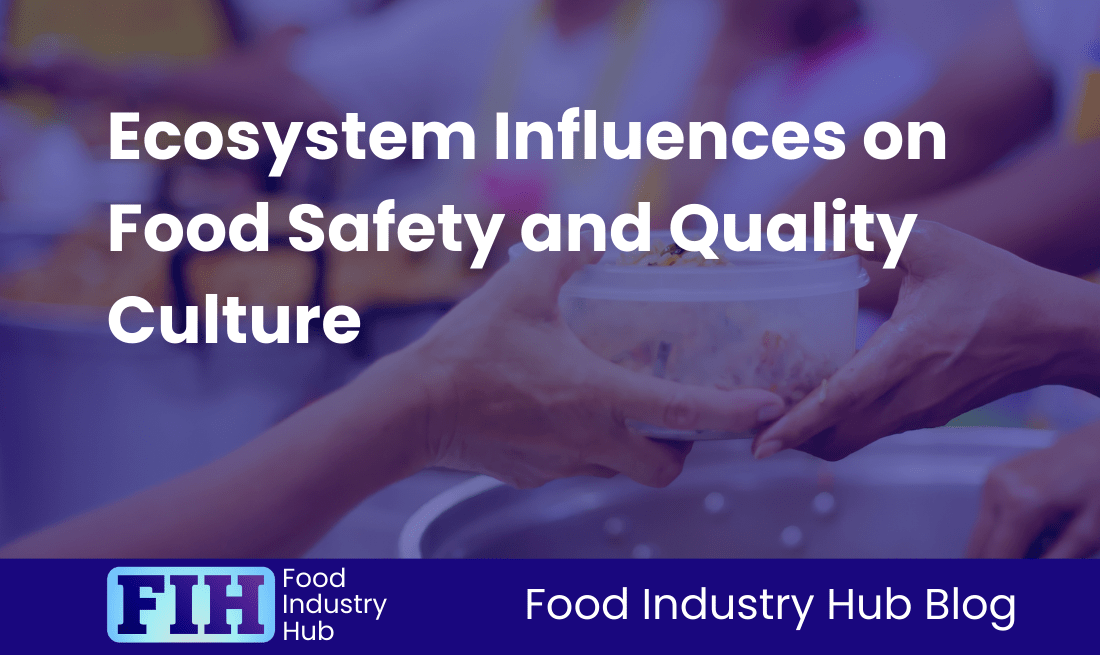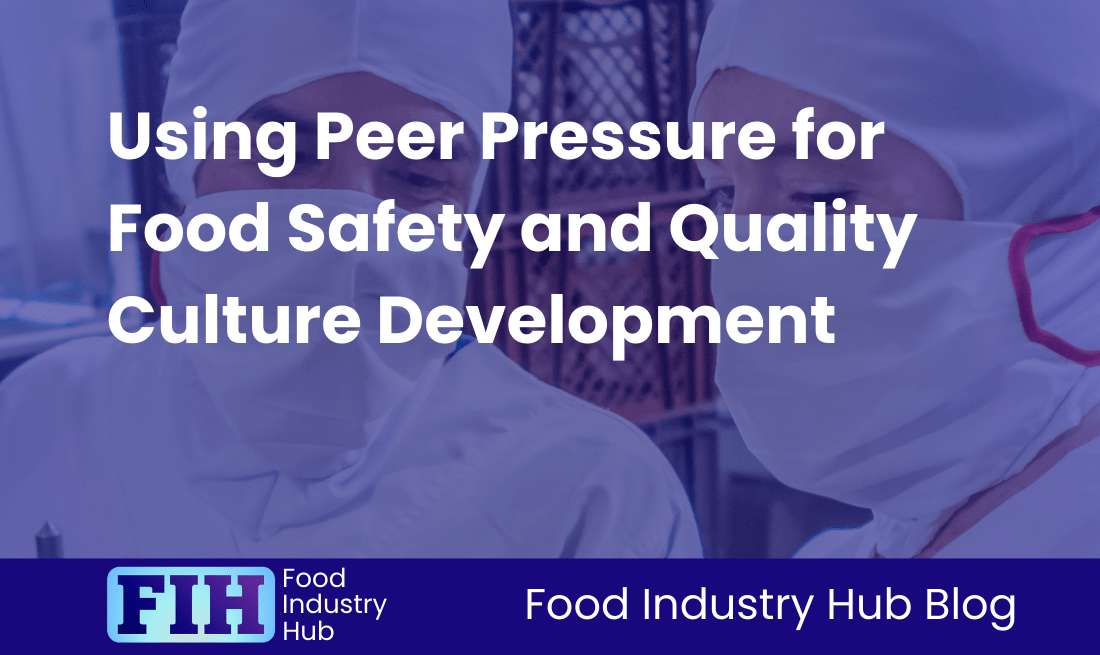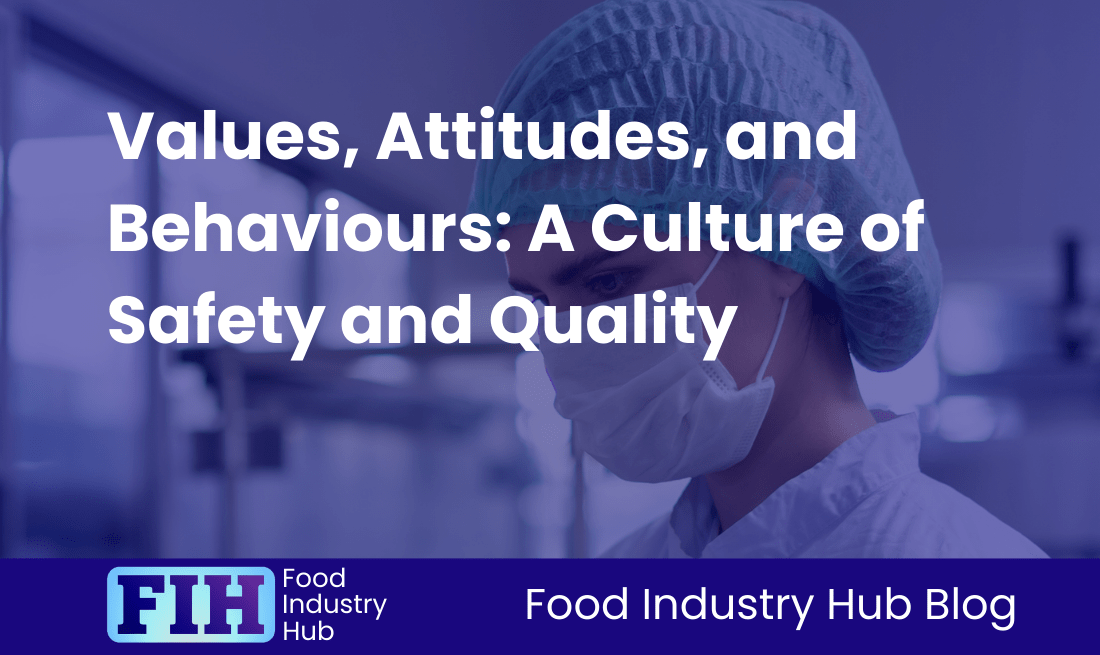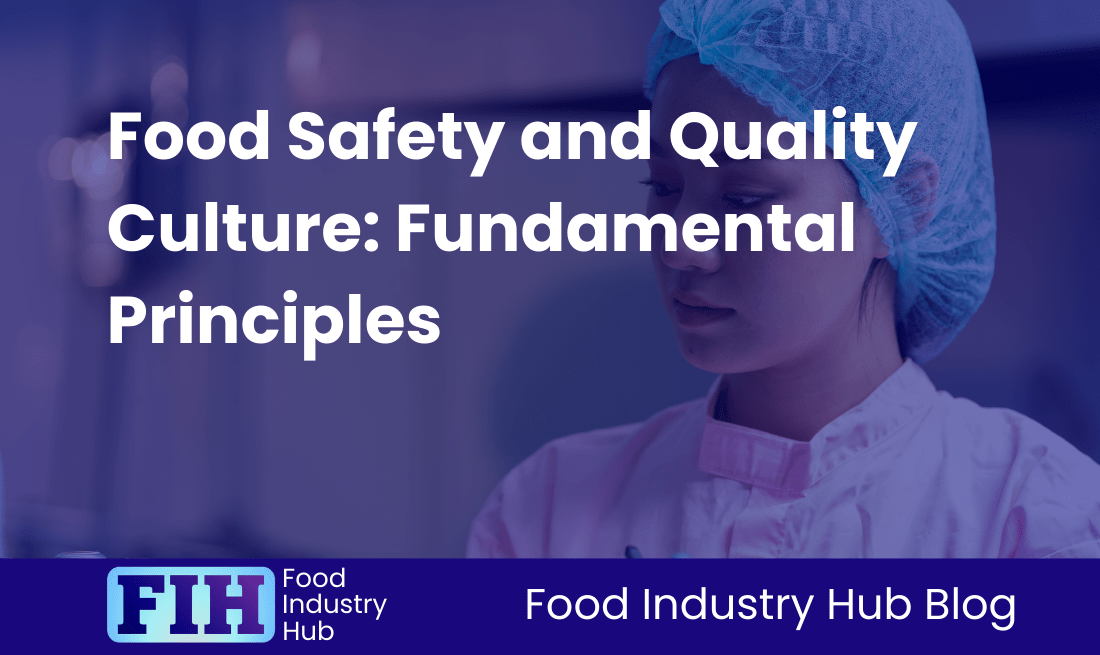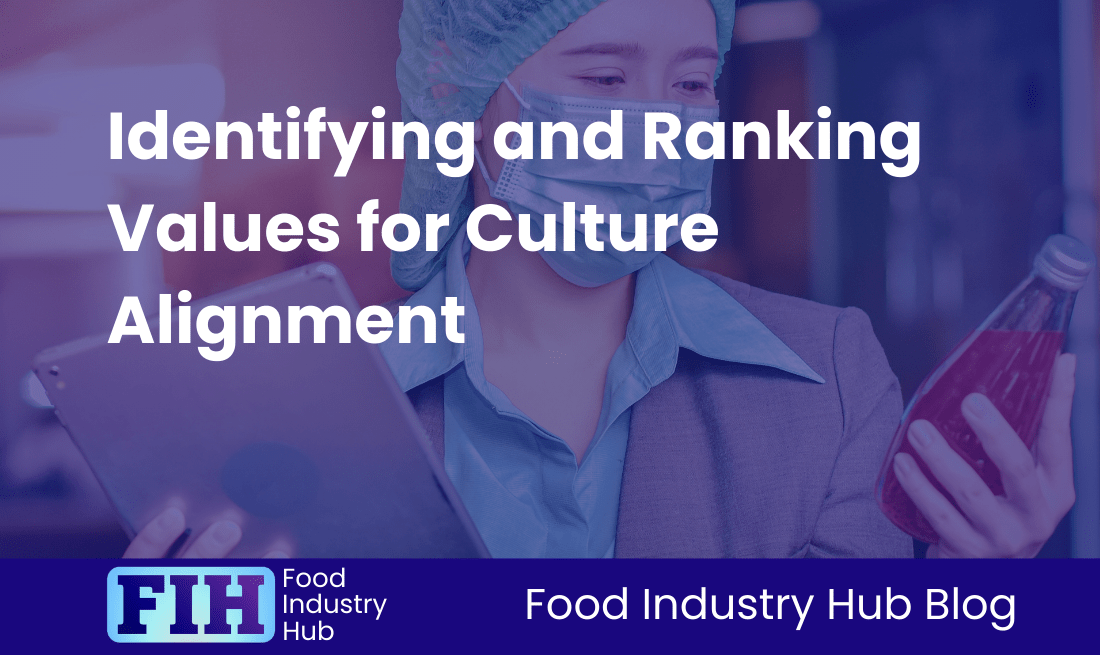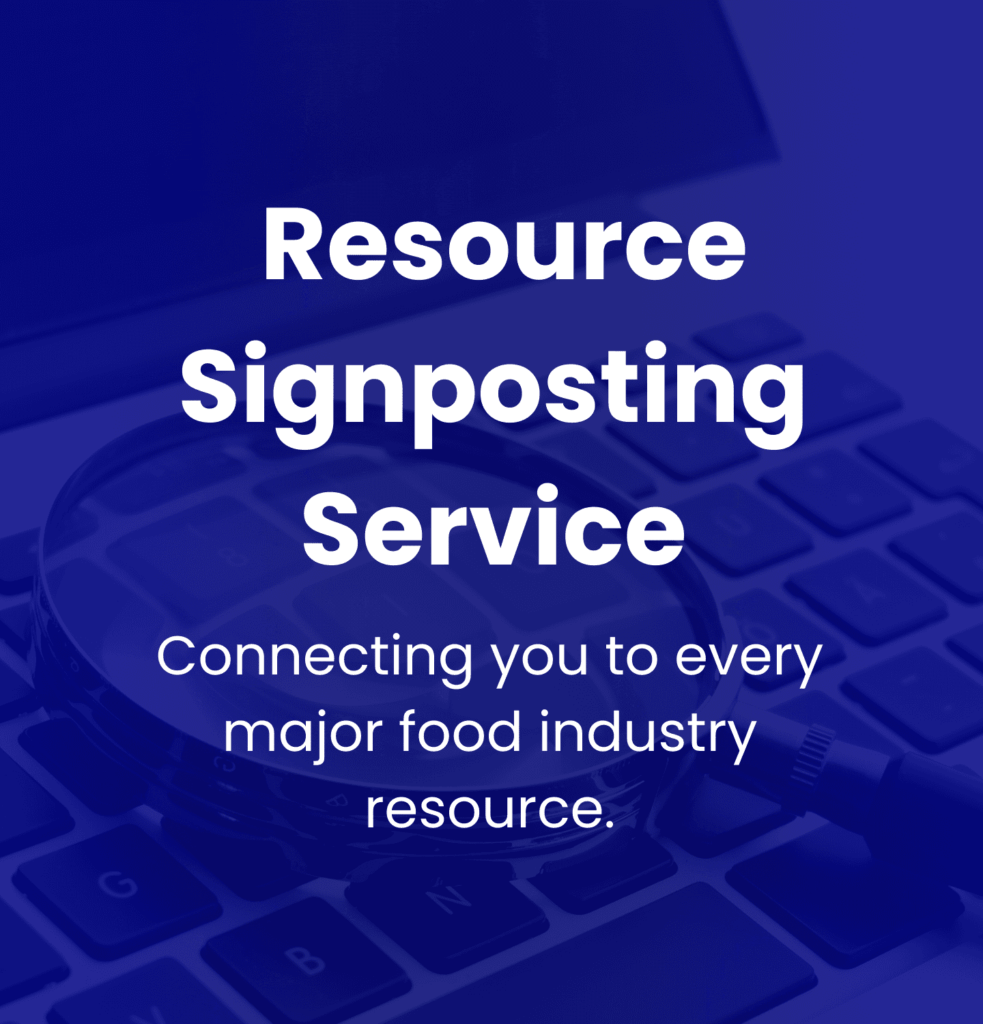Know: Food Safety and Quality Culture
Contents
Introduction
Key Takeaways
Conceptual Foundations of Food Safety and Quality Culture
Organisational Dynamics and the Role of Leadership
Regulatory and Compliance Frameworks
Integration with Food Safety Management Systems (FSMS)
Measurement and Continuous Improvement
Behavioral and Cultural Drivers
Global and Regional Considerations
Final Thoughts
Introduction
At a time when consumer health and trust hold significant weight, instilling and maintaining a culture of food safety and quality in food manufacturing businesses are essential worldwide. Such a comprehensive approach goes beyond just meeting the regulations, it seamlessly integrates safety and quality into the routine activities of a business. The aspiration of a food supply chain where every product is not only appealing but also safe revolves around a widespread recognition of these standards across business hierarchies. This captures the spirit of food safety and quality culture.
Food safety and quality culture embody the shared values, attitudes, and practices in an enterprise that prioritises the output of safe and superior food products. It calls for fostering an environment where everyone – from leadership to frontline workers, adheres to these principles thoroughly in all aspects of their operations.
In key regions like the UK, EU, and USA, cultivating such a culture is necessary to ensure consumer health and adhere to rigorous regulations. Effective food safety culture not only facilitates legal compliance with requirements from bodies such as the European Food Safety Authority (EFSA) and the US Food and Drug Administration (FDA), but it can also augment a company’s image, displaying a true dedication to consumer safety.
Within this article, we will explore noteworthy themes vital to understanding food safety and quality culture. We will initially discuss the role of regulations and compliance frameworks that organisations use to benchmark their safety standards. Following this, we will highlight the significant role of leadership in moulding these cultures, underscoring the fact that visible commitment from the senior management is a key element for engagement. Afterwards, we will underscore the relationship between management systems and food safety culture, noting how documented systems pave the way for effective implementation. Lastly, we will address the significance of measurement and continuous improvement, detailing how recurrent assessments and risk monitoring enhance practices to ensure maximum levels of safety and quality.
Key Takeaways
Grasping the complexity of food safety and quality culture provides essential insights and necessary practices that can considerably enhance food safety standards, quality control, and proactive hazard management. A robust food safety culture fosters compliance with safety protocols, puts risk management and ongoing improvement at the forefront, and as a result, decreases incidents of foodborne illnesses while safeguarding the health of consumers. This cultural ethos fosters better adherence to food safety regulations and nurtures a united mindset geared towards quality and safety across the organisation.
The Role of Leadership in Food Safety Culture
Leadership holds an influential role in shaping a proactive food safety culture. Dedication from senior leaders is necessary for embracing a safety-centric viewpoint, empowering employees through clear communication, and active participation in food safety initiatives. Middle management also plays a significant role by converting vision into implementable strategies, thereby generating a cooperative environment where all individuals within the organisation share food safety responsibilities.
Regulatory Frameworks and Food Safety Culture
The importance of integrating food safety culture into operational practices is highlighted by regulatory frameworks such as guidelines from the FDA and EFSA. Whilst these frameworks drive conformity, a robust food safety culture transcends this by instilling safety and quality as inherent organisational values rather than simply as compliance requirements. This congruence greatly strengthens the organisational resilience against risks.
It is worth noting the interplay between food safety culture and management systems like HACCP and Good Manufacturing Practices. These systems demand regular conformity to established protocols, and a positive food safety culture ensures that employees incorporate these practices into their day-to-day routines. By bridging the divide between procedural requirements and employee behaviour, organisations can improve risk management effectiveness and overall food safety performance.
Measuring and Enhancing Food Safety Culture
For organisations looking to measure and improve their food safety culture effectively, the focus should fall on consistent improvement strategies. Regular assessments, audits, and feedback loops can pinpoint areas for improvement and confirm alignment of cultural values with operation practices. Leadership engagement, thorough training, and open communication are significant in encouraging a proactive food safety culture that fosters accountability and responsibility among all employees.
The Influence of Behavioural and Cultural Factors
In the successful implementation of food safety policies and procedures, behavioural and cultural factors are key. The attitudes and values of employees play a significant role in their compliance with safety protocols, underlining the idea that food safety is a joint responsibility. Addressing cultural diversity and leveraging its benefits can improve food safety practices and ultimately lead to highly beneficial outcomes for both organisations and consumers.
Food Industry Hub Management Systems can significantly boost the effectiveness of your food safety and quality management system, leading to improved confidence and elevated quality assurance throughout your operations.
Conceptual Foundations of Food Safety and Quality Culture
Definition as a Shared Behavioural Framework
Food Safety and Quality Culture (FSQC) encompasses the shared principles, beliefs, norms, and behaviours that mould an organisation’s stance towards food safety. It actively encourages the highest priority to be given to safe practices and ethical responsibility in every operational segment. This culture surpasses mere compliance to regulatory requirements and instills food safety into the corporate identity, affecting the daily operational practices of all employees, from management to production staff. Using a proactive model, FSQC stimulates an environment where safety practices are not just reserved for inspections but are intrinsic behaviours dictating everyday decisions and actions. Embedding food safety as a fundamental ethical obligation enables organisations to enhance consumer trust, proactively mitigate risks, and further embeds food safety into the core identity of the business.
Differentiation from Food Safety Management Systems (FSMS)
FSQC is discernibly different from conventional Food Safety Management Systems (FSMS) such as HACCP (Hazard Analysis and Critical Control Points) and Good Manufacturing Practices (GMP). Although FSMS provide structured methods for managing food safety risks, FSQC addresses the behaviours and attitudes that ensure these systems are effectively adhered to. FSMS mainly focus on procedural compliance, regularly overlooking the significance of a safety-first attitude that empowers employees. For example, in uncertain situations where defined procedures might not provide clear guidance, a strong food safety culture enables employees to make instinctive decisions with safety in mind, ultimately enhancing the efficacy of traditional management systems. This cultural commitment solidifies compliance by imbibing safety practices into the organisational fabric, ensuring that food safety is perceived as a shared responsibility rather than an isolated task [Source: FSNS].
Shifting from Reactive to Proactive Measures
Transitioning from a reactive to a proactive approach in food safety engenders a robust FSQC. Traditionally, organisations have been largely focused on compliance measures that respond to incidents after they have occurred. Recent developments underscore that incorporating safety into the organisational culture can preempt safety incidents more effectively than compliance alone. This forward-thinking strategy involves continual risk assessment, nurturing clear lines of communication, and delivering ongoing training to equip employees to identify and mitigate potential hazards before they evolve into significant issues. By cultivating a culture where food safety is treated as an essential organisational value, businesses can significantly minimise risk, enhance operational efficiency and protect consumer health.
Scope at Global and Organisational Levels
Food Safety Culture is broad in scope, affecting practices and adherence to regulations at both global and organisational levels. On a global scale, initiatives such as the Global Food Safety Initiative (GFSI) advocate for FSQC’s role in maintaining compliance with international standards. This ensures easy access to global markets and reinforces consumer safety. GFSI outlines best practices for food safety and cultural assessments that align with various certification schemes like SQF, BRCGS, and FSSC 22000, which necessitate that organisations demonstrate a strong commitment to food safety culture [Source: GFSI].
In an organisational context, a robust FSQC signifies a dedication from leadership that resonates throughout the organisation, inspiring collective employee engagement to uphold safety values. Organisations employing FSQC can more effectively navigate the complexities of food safety regulations, whilst maintaining operational efficiency. This dual emphasis underscores the importance of integrating food safety culture and compliance frameworks into daily operations, reinforcing safety as a shared value essential to public health protection and improving brand reputation within the food sector.
Organisational Dynamics and the Role of Leadership in Food Safety and Quality Culture
The commitment of senior management to food safety plays a significant role in shaping both organisational culture and employee engagement in the food manufacturing industry. This dedication serves as the foundation for establishing a solid food safety culture, in which food safety becomes a shared mindset across all organisational levels. Not only do leaders need to be well-versed in fundamental food safety principles, including Hazard Analysis and Critical Control Points (HACCP), they must also be active participants in management review meetings and continuous improvement processes. Such involvement enables them to effectively guide their decisions regarding food safety practices [Source: Food Safety Magazine]. Incorporating rigorous safety measures into strategic objectives boosts both employee morale and corporate reputation, ensuring that food safety is viewed as a core organisational value, not merely a compliance requirement.
Leadership’s Influence on Culture
Establishing an atmosphere of open communication is important for motivating employees to report safety concerns without fear of retaliation, as this greatly contributes to upholding high food safety standards. Ethical leadership has a key role in cultivating this climate by placing a high value on fairness and constructive criticism. When employees are confident that their feedback will be taken into consideration, they are more likely to voice concerns about hazardous practices [Source: Food Safety Magazine]. A culture characterised by psychological safety encourages proactive reporting, which can help deter potential foodborne illnesses by identifying risks before they escalate. The implementation of a whistleblower policy can further cement this supportive environment by providing clear reporting guidelines and ensuring that concerns are thoroughly examined.
Cross-Functional Accountability for Food Safety
Food safety is everyone’s responsibility; it is not solely limited to the quality assurance team. By endorsing cross-functional accountability, food safety practices become ingrained throughout the organisation. Establishing cross-functional teams made up of food safety champions is a great approach to endorsing a culture of collaborative ownership, which encourages all staff to actively participate in maintaining safety standards. A well-defined governance structure that clarifies roles and responsibilities intensifies this commitment to food safety, ensuring that safety considerations are included at all decision-making levels throughout the organisation.
The Influence of Management Styles
The management styles employed by leaders greatly affect employee behaviour and involvement with food safety practices. Ethical leadership, which values transparency and trust, empowers employees to confidently voice their concerns, thereby promoting an active food safety culture. Similarly, servant leadership, which focuses on meeting the needs of team members, can uplift workforce morale and kindle interest in food safety initiatives [Source: SAGE Journals]. When management styles are inclusive and supportive, they bolster employee participation, leading to a more robust safety culture. In contrast, rigid or autocratic management methods might thwart communication, inhibiting employee involvement and compromising safety practices. Therefore, aligning management styles with cultural values is crucial for the effective implementation and sustainability of food safety practices within the organisation.
Sign-up for the Food Industry Hub Mail Service
We regularly produce new content for food industry professionals, and the Food Industry Hub Mail Service is the best way to stay up to date with the latest additions.
Signup today to be added to the Food Industry Hub mailing list.
Regulatory and Compliance Frameworks
The ever-evolving landscape of food safety and quality assurance presents unique regulations and compliance frameworks key to the shaping of organisational practices globally. This section will examine those established by the European Union (EU), the United Kingdom (UK), the U.S. Food and Drug Administration (FDA), alongside the requirements for BRCGS/IFS certification.
The 2021 Legislative Shift in the EU
Effective from March 24, 2021, the EU implemented a significant alteration to its food safety controls with Regulation (EU) 2021/382. This new legislation obligates food business operators to not only adhere to food safety criteria, but also to build a strong food safety culture within their businesses. Obligations within this legislation include manifestations of management commitment, access to comprehensive training, increased awareness of food safety dangers, and encouragement of open communication concerning food safety issues among workforce members. [Source: Food Times]. The revised law aligns with the global benchmarks defined by the Codex Alimentarius, advocating an overarching approach to food safety, integrating preventive methods at all operational stages, enhancing trade relationships, and upgrading consumer safeguards within member states.
Key Aspects of the UK’s Food Safety Act 1990
The Food Safety Act 1990 stands as a primary reference for food safety regulations within the UK, under the supervision of the Food Standards Agency (FSA). Core constituents of this legislation encompass stringent restrictions against the sale of unfit food products for human consumption and mandates for food operators to incorporate inclusive hygiene measures throughout their operations. This Act enables local authorities to ensure adherence to its specifications, with powers to perform inspections, impound harmful products, and initiate legal action against infringers. A standout feature of the Act is the due diligence defence clause, which allows food operators to limit liability if they can prove that reasonable efforts were made to comply with safety regulations. This further underscores the value of active risk management in maintaining food safety standards.
FDA’s Emerging Emphasis on Food Safety Culture
The U.S. Food and Drug Administration (FDA) is progressively concentrating on the role of food safety culture as a significant element within its regulatory framework. Through programmes like the New Era of Smarter Food Safety, the FDA acknowledges that an established culture within food manufacturing and distribution systems is instrumental in fulfilling compliance with established food safety regulations, like the Food Safety Modernization Act (FSMA). The agency advises organisations to incorporate cultural elements into their operational models, emphasising management’s commitment, staff engagement, ongoing training, and open discussions about food safety protocols. While the FDA has not yet formalised specific regulations solely dedicated to food safety culture, its recommendations endorse a preventive approach that congruent with international best practices, fostering a solid framework for food safety management.
Requirements for BRCGS/IFS Certification
Certifications obtainable under BRCGS (Brand Reputation through Compliance Global Standards) and IFS (International Featured Standards) are essential for food manufacturers desiring to meet and exhibit high safety and quality standards in food production. The criteria for achieving these certifications are varied and include thorough documentations outlining the food safety management systems and associated quality procedures. Organisations are required to execute a Hazard Analysis and Critical Control Points (HACCP) system and provide proof of suitable workforce training programs. Regular internal audits are key in this process, ensuring sustained conformity with established norms and identifying areas for improvement. These certifications not only assuage consumer and stakeholder confidence about the commitment to safety and quality but also align with wider regulatory requirements in the food industry [Source: IFS].
Integration with Food Safety Management Systems (FSMS)
Emphasising how food safety and management systems interact within the food manufacturing industry can be of great value.
The Harmony between HACCP and Food Safety Culture
Establishing a robust food safety culture can significantly aid in the effective application of Hazard Analysis and Critical Control Points (HACCP) principles. By this means, it becomes second nature for employees within the industry to adhere to food safety guidelines which form the backbone of HACCP procedures. Leadership within the organisation can influence this cultural shift, inspiring employee engagement and promoting safety behaviours. This alignment holds significant value as it drives individual accountability and reinforces the importance of food safety at each level of the organisation.
The Role of Culture in Filling System Gaps
An organisation’s culture can effectively bridge procedural gaps, leveraging the strength of its employees in fostering a culture of safety. Employees inclined towards such a culture are more likely to practise safe techniques and adhere to systems even when formal procedures fail or are unclear. Such an atmosphere of trust, collaboration and shared responsibility allows for flexibility while maintaining safety standards, even in the absence of explicit instructions. By nurturing a culture of ownership, organisations can boost compliance with safety guidelines and manage risks effectively.
The Gap between Documentation and Practice
Frequently, a gap exists between documented safety guidelines and their real-world implementation, which can hinder food safety efforts. The solution resides not just in following a written protocol but empowering the organisation’s culture towards a stronger understanding and adherence to safety guidelines. This empowers the employees to uphold safety standards, even in stressful operational conditions, by understanding the rationale behind safety procedures. The commitment to a food safety culture encourages integrity in actions and consistency in applying safety procedures, which can significantly reduce foodborne health risks, as suggested by [NCBI].
How Digital Tools Support Management Systems
Employing digital tools can amplify compliance and reinforce the integration of food safety culture within management systems. By implementing technologies such as real-time data analytics and automated monitoring, the documentation process can be streamlined, and HACCP protocols can be adhered to more efficiently. Continuous training becomes feasible and employees are able to stay updated on safety practices. Instant feedback on safety compliance through digital platforms can create an environment which encourages safety-conscious decisions across all levels of the organisation. By integrating these digital solutions with a robust food safety culture, organisations can establish an efficient and responsive safety management system, ultimately leading to a continual improvement in safety practices.
Measurement and Continuous Improvement
In a complex industry such as food manufacturing, the ongoing assessment of safety standards and the regular improvement of performance are essential for mitigating health risks and maintaining a strong industry reputation.
The Role of Culture Audits
Regular culture audits are an effective tool for discovering areas of disparate behaviour in relation to safety standards within the food manufacturing sector.[Source: Maritime Health]. These evaluations provide detailed information on employee understanding of and compliance with food safety practices, their attitudes in relation to reporting issues, and the consistent commitment of leadership towards food safety.
Effective culture audits, using a range of techniques including employee surveys, direct observations, and leadership evaluations, create a work environment conducive to speaking out about safety concerns. This in turn promotes a continuous improvement in adherence to safety protocols.
Key Performance Indicators (KPIs) for Evaluating Culture
Key Performance Indicators (KPIs) serve as an essential tool in assessing the success of food safety culture initiatives. To obtain a balanced evaluation, both quantitative and qualitative metrics should be considered.[Source: Food Safety Tech]
While quantitative KPIs may monitor non-compliance rates from inspections, instances of foodborne illnesses, and adherence to sanitation standards, qualitative KPIs can examine employee engagement with food safety and participation in training sessions. As a rule, increased participation in staff training signifies a strong commitment to improving food safety practices.[Source: Wichita State University].
The Need for Adaptive Culture Plans
Changes in regulations, the emergence of new pathogens, and shifting consumer expectations underline the need for an adaptive culture plan within food manufacturing organisations. These plans not only allow rapid adjustments to safety protocols based on audit findings or new industry standards, but they also foster an overall culture of readiness and ongoing improvement.[Source: PMC].
The Impact of External Certifications
External certifications from respected third-party organisations play a significant role in the assessment of the cultural maturity of food safety practices. Such certifications, like those provided by the Global Food Safety Initiative (GFSI) and Safe Quality Food (SQF) programs, act as independent validations of an organisation’s compliance with high-level food safety standards. Attaining these certifications not only enhances consumer and regulatory confidence, but also improves an organisation’s market credibility. The certification process promotes a culture of continuous improvement, encouraging regular evaluations and enhancements to safety strategies.
Behavioural and Cultural Drivers
The Impact of Proactive Hazard Identification Training
Proactive hazard identification training sets a foundation for personnel in the food manufacturing industry to effectively recognise and manage potential risks. This type of training empowers employees by equipping them with the skills to identify hazardous conditions and unsafe actions. Consequently, a safety-conscious culture develops within the business, reducing costly liabilities and ensuring compliance with regulations. Research supports this approach, pointing out that organisations that provide proactive hazard training substantially lower incident rates related to foodborne illnesses and workplace accidents, which benefits both employees and consumers.
Effective training programs do more than just raise awareness. They align with the standards of Hazard Analysis and Critical Control Points (HACCP) that guide businesses in identifying and managing important points in food production. By instilling a proactive mindset among the workforce, such training allows employees to address risks before they develop into serious problems, enhancing the overall safety culture within the organisation [Source: PMC].
The Importance of Attention to Detail for Compliance
Thoroughness and meticulousness are fundamental in maintaining compliance within the food manufacturing industry. The practice of paying attention to detail helps to ensure every process, from raw material sourcing to final product delivery, aligns closely with established safety protocols and regulatory requirements. This precision aids in the prevention of contamination, safeguards the integrity of products, and builds consumer trust.
Compliance with regulatory requirements such as HACCP necessitates consistent monitoring and meticulous record-keeping, which are important for identifying potential hazards and responding to them promptly. Regular audits and a robust documentation process can help identify areas for improvement, thus facilitating on-time corrective actions that promote a culture of continuous improvement within organisations.
Employee Ownership and Accountability
Engagement and compliance with food safety practices are greatly enhanced by personal responsibility and accountability. When employees perceive their roles as significant to safety standards, they exhibit more diligence in following protocols and are more inclined to report any potential issues in a proactive manner. A workplace culture that encourages ownership can enhance employee motivation and adherence to safety procedures.
Creating an environment of psychological safety, where employees feel able to speak up about safety concerns without fear of retribution, is key to maintaining robust safety standards [Source: MIT]. Encouraging participation in training and safety discussions engenders a positive safety culture, leading to improved outcomes and enhancing product quality and organisational performance.
The Importance of Adaptability
Cultural resilience and adaptability are important in navigating the complexity of the food manufacturing industry, particularly in the face of new regulations, emerging pathogens, or shifting consumer preferences. Organisations that cultivate an adaptive culture are better equipped to respond swiftly to changes, thus ensuring ongoing compliance and the maintenance of safety standards.
This adaptability involves the use of technology to identify trends and predict potential safety issues, which enables adjustments to safety strategies in a timely manner. Constant learning and improvement are invaluable; companies that inspire their workforce to embrace new practices and inventive solutions can tackle industry complexities more efficiently. This proactive approach encourages a sense of ownership among employees and bolsters their trust in the organisation’s commitment to safety and quality.
By prioritising proactive hazard identification training, meticulous attention to detail, employee ownership, and adaptability, food manufacturing organisations can develop a robust safety culture that not only meets regulatory demands but also prepares them for long-term success.
Global and Regional Considerations
The culture surrounding food safety and quality can differ widely among various regions across the globe. These variations are often shaped by regulatory frameworks, cultural norms, and industry practices. This section provides an outline of these practices, paying specific attention to the UK, EU, USA, and the Global South. It sets out to determine key influences that shape the culture within the food manufacturing industry.
UK Considerations
In the UK, the risk-based approach to food safety is given significant weight within a robust regulatory framework. The Food Standards Agency (FSA) takes the lead in establishing guidelines that aim to promote a solid culture of food safety. UK food manufacturers often put a high emphasis on complying with the BRCGS standard. Beyond ensuring food quality, these standards are instrumental in nurturing employee involvement and accountability within organisations.
EU Considerations
The European Union recognises the importance of a sound food safety culture and has thus incorporated it into their legislative framework. This is evidenced with an emphasis on shared values and proactive risk management. The General Food Law (Regulation 178/2002) embodies principles designed to ensure transparency and safe food practices across the supply chain. The European Food Safety Authority (EFSA) provides essential guidelines that underscore the significance of stakeholder engagement and continuous improvement. These guidelines are instrumental in maintaining high standards. Additionally, the EU’s focus on cultural integration encourages embedding food safety organically into the behaviour of the organisation. The aim is to ensure that employees at all levels contribute to promoting safety practices.
USA Considerations
In the United States, food safety practices are mainly influenced by the FDA’s regulatory initiatives. One notable initiative is the New Era of Smarter Food Safety Blueprint, which underlines the role of technology and preventive controls in creating a proactive safety culture. Mandated by the Food Safety Modernization Act (FSMA), food manufacturers need to adopt preventive controls and put a premium on training, thereby instilling a risk-aware culture within their operations. Many U.S. companies seek alignment with the Global Food Safety Initiative (GFSI) standards, which serve as benchmarks for food safety practices, underlining the importance of leadership commitment and employee training to build a sound food safety culture.
Global South Considerations
In the Global South, food safety practices may face obstacles due to economic constraints and underdeveloped regulatory frameworks. Notwithstanding these challenges, there is an increasing awareness of the need for compliance with international standards, especially those set by the Codex Alimentarius. Companies in this region often confront variability in implementing food safety practices due to limited resources and infrastructure. Therefore, building a safety culture involves exploring innovative solutions and fostering global collaboration. Initiatives that focus on building capacity, providing training, and securing certifications are key in aiding these organisations to enhance their food safety protocols [Source: PMC].
Key Insights and Differences
A common trend across these regions is the move towards alignment with international standards like those advocated by GFSI and Codex Alimentarius. This trend promotes a consistency in the culture of food safety. Irrespective of geographical boundaries, the commitment of leadership consistently emerges as an influential factor in establishing a reliable food safety culture. While developed regions are preoccupied with negotiating the intricacies of regulatory compliance, developing regions often struggle with resource limitations and a lack of awareness about food safety. The universal acceptance of the need for a strong food safety culture remains central to consumer protection and compliance with regulatory frameworks.
Final Thoughts
The understanding and application of Food Safety and Quality Culture (FSQC) represent a decisive evolution in the food manufacturing industry. Such evolution has shifted the industry from a purely compliance-focused milieu to one that instils safety and quality principles into the very fibre of an organisation. In these transformations, it is important to consider diverse factors such as organisational dynamics, regulatory frameworks, integration with management systems, measurement strategies, and behavioural influencers.
Organisational Dynamics
A solid FSQC foundation is predicated on Leadership Commitment. Effective leaders set behavioural standards that encourage a proactive safety culture. Such leadership can engage employees and promote individual accountability, thereby improving food safety practices and sparking ongoing improvement initiatives.
Cultural diversity within an organisation adds another dimension to food safety practices. It’s necessary to craft customised strategies that can resonate with various cultural attitudes to appropriately standardise safety practices.
Regulatory Frameworks
Regulatory efforts have begun to acknowledge the importance of FSQC in upholding food safety standards. For example, the Food Standards Agency (FSA) in the UK has highlighted the need to weave cultural elements into compliance frameworks to bolster food safety outcomes [Source: Food Standards Agency]. This transformation to a more integrated approach is echoed in global frameworks, such as Global Food Safety Initiative (GFSI).
Integration with Management Systems
Merging FSQC with existing management systems like Total Quality Management (TQM) and HACCP, helps to harmonise operations while extending safety protocols beyond merely meeting compliance. This integrated method ensures cultural values are mirrored in daily operations and decision-making processes at all organisational levels, fostering shared responsibility for food safety.
Measurement Strategies
Efficient measurement strategies are instrumental in gauging the success of food safety initiatives. Ongoing assessments factor into compliance efforts and enhances continuous improvement culture.
Influence of Behavioural Drivers
Behavioural drivers, stimulated by employee engagement and values, significantly affect adherence to food safety standards. A motivating work environment can cultivate an organisational culture where safety and quality standards are prioritised, leading to heightened compliance, fewer incidents and increased consumer trust in products.
Final Insights on Integrated Approach and Global Applicability
Adopting an integrated approach to food safety culture is key to maintaining consistent high-quality practices and safeguarding consumer safety. Such an approach necessitates aligning organisational values with regulatory requirements, driving employee engagement, and consistently evaluating and refining safety practices.
In terms of global applicability, it’s essential to create flexible strategies that can adapt to the distinct cultural and operational landscapes of different regions. Customising this approach ensures that FSQC principles find relevance across various environments, leading to globally effective food safety outcomes. This approach assists food manufacturers in not only meeting regulatory compliance but also in building a competitive edge that enables brand loyalty and long-term success.
About The Food Industry Hub Knowledge Centre
The Food Industry Hub knowledge centre delivers informative content on a variety of topics pertinent to the food manufacturing industry.
You can return to all topics by clicking here.
From The Food Industry Hub Blog
Expanding on this topic with related content from our blog.

